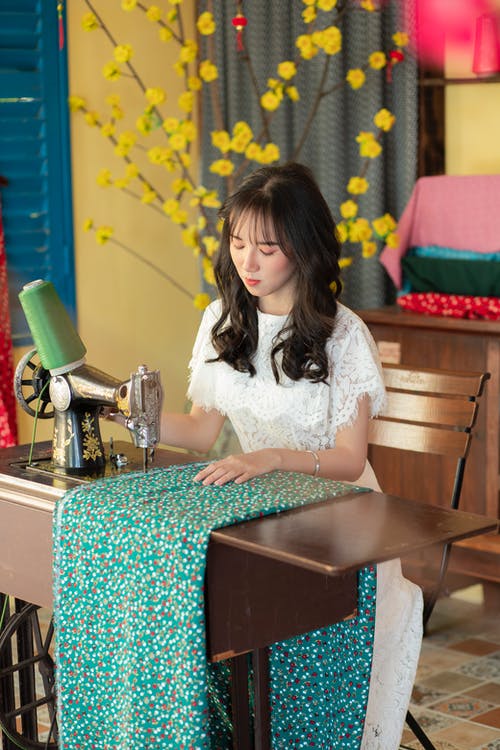When it comes to designing patterns for the clothing industry, it requires a lot of expertise. The meticulous attention to detail and expertise that goes into each pattern guarantees that clothing is produced exactly to specification with a minimal margin of error. After creating your clothing designs, you’ll need to translate your concepts into technical drawings before you can begin creating pattern templates for your creations. There are a variety of tools and expertise available to assist people who are new to the world of textile design. As part of the creation process, you will need to visualize how your products will fit and determine the size ranges for each piece. Patterns make it easier for both the brand and the manufacturing firm to get from concept to production quickly and efficiently.

Being familiar with the foundations of pattern building might assist you in predicting the appearance of your outfit. Take a look at amazing dress designs at ladies top patterns if you want to take your first sketches to the next level.
Creating Patterns: The Fundamentals of Design
In the fashion industry, pattern creation is the process of translating a designer’s core notion for an item of clothing into a real item of clothing that fits well on a person’s body. Pattern development has traditionally relied on a few straightforward techniques, and some pattern designers prefer to stay with these tried-and-true methods. Years of expertise in the art of pattern manufacturing have resulted in the development of new approaches to the art of pattern manufacture. For pattern makers, any method of converting a conceptual drawing into a finished garment is possible, and many designers have advanced from flat patterns to three-dimensional patterns created on mannequins or in the digital domain as a result. Observe the clothing industry and you will see that pattern design may take many different forms, just as design components differ from one manufacturer to another. When it boils down to it, though, the ability to bring a designer’s idea to life in the real world is what drives pattern creation.
It is possible to build patterns in a variety of ways.
Pattern makers are hired by the majority of large garment companies to undertake sewing and other pattern-related activities. Despite the fact that they usually have their own offices or share offices with other pattern makers, the company’s design personnel may occasionally share a building with these specialists under certain circumstances.

Fashion design degree is not a must to grasp the materials used in garments but having a basic knowledge of them may help you in selecting the most appropriate clothing for yourself and your loved ones. Thicker textiles, rather than lighter materials, may work better with brighter patterns than lighter textiles. You have the option to switch between three-dimensional effects and basic monochrome looks at any point in the process. With this knowledge, we hope you will be able to have a better grasp of the many different types of fabrics and garment materials available, as well as the sewing process.











